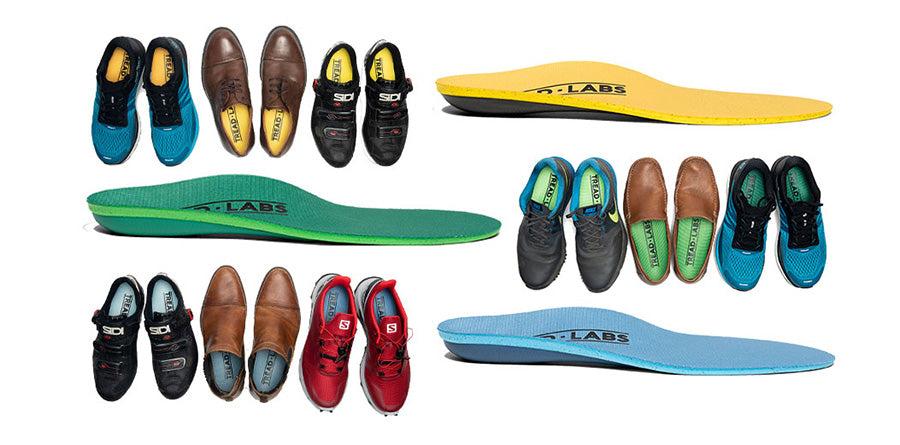
What Are Insoles and How Do They Help?
Explore the world of insoles, from factory inserts to custom solutions, and discover how they enhance foot health and comfort.
The Basics: TL;DR ---
What You Need To Know---
An insole is a removable layer inside a shoe that provides extra comfort and support. This guide explains the different types – from basic factory inserts to specialized custom orthotics – and how they benefit your foot health.
Table of Contents
- An Introduction: What Is An Insole?
- Types: From Insert to Orthotic
- Differences in Insole Design
- The Benefits: How They Help
- How To Choose The Right Insole

An Introduction: What Is An Insole?
Insoles Types: From Insert to Orthotic
What is the insole of a shoe? Insoles range from basic inserts to specialized orthotics, each serving different purposes:
-
Basic Inserts. These are the factory-installed versions found in most shoes. They are typically made from thin foam and offer basic cushioning and minimal foot support.
-
Orthotics. Available for purchase separately, these come in a range of materials and designs, providing more specific support and comfort than basic inserts. These are typically called orthotic insoles, orthotics, footbeds or orthotic footbeds. They are available in number of different types:
-
Standard. Standard aftermarket orthotics offer one level of firmness and a single arch height. They are designed to fit a wide range of shoe sizes and offer improved support over basic inserts, but they do not cater to unique foot shapes or needs.
-
Semi-Custom. These offer a balance between basic footbeds and custom orthotics, catering to specific foot shapes and needs while remaining affordable. All Tread Labs models are semi-custom insoles that can replace your custom orthotics at a fraction of the cost. See the diagram below showing all of the options.
-
Custom. Prescribed and custom-made for individual feet, these custom orthotics are designed to address specific foot conditions and alignment issues. They are the most personalized form of insole, providing targeted support and pain relief. Custom orthotics can cost 500-1000% more than semi-custom.

Differences in Insole Design


